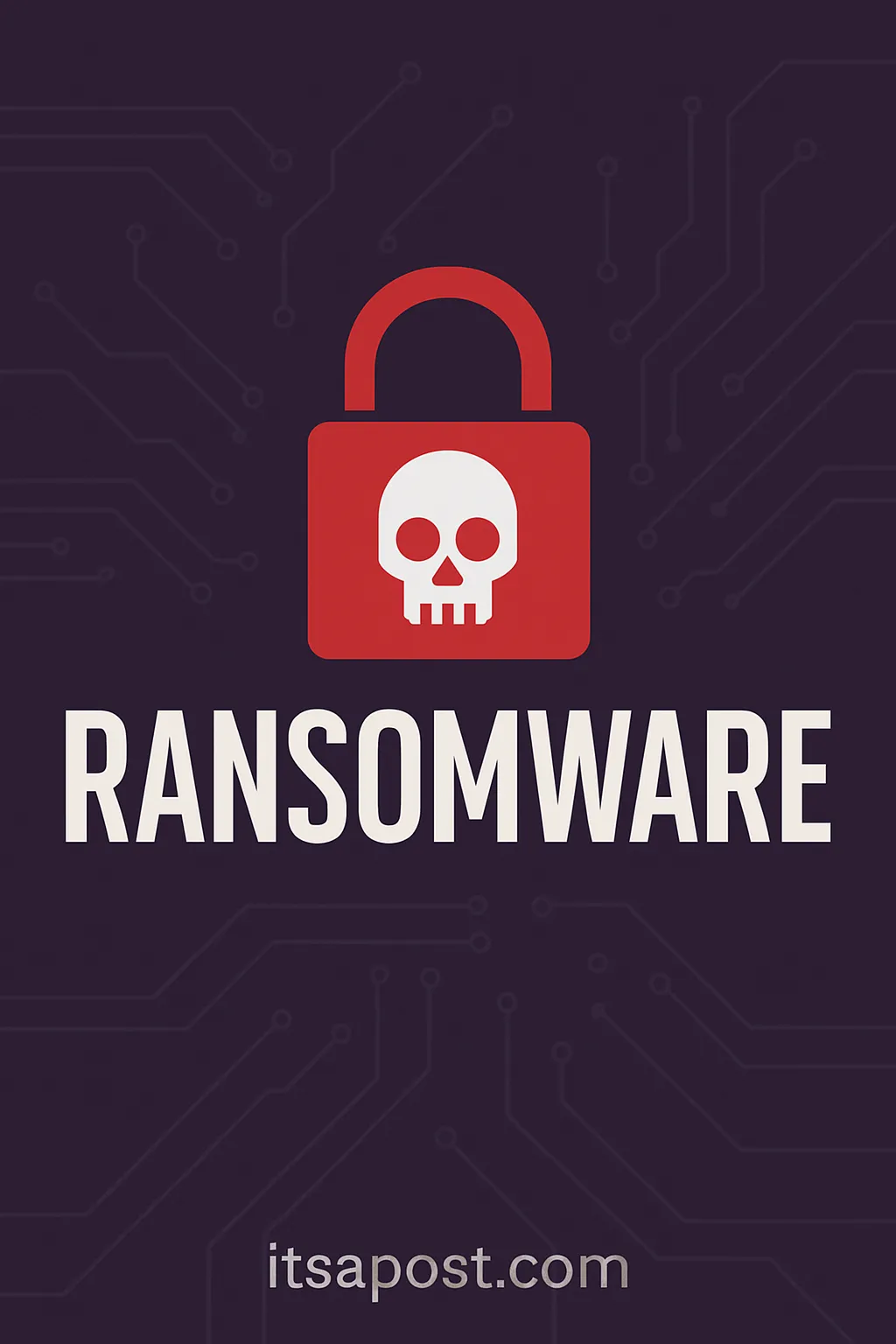Understanding the Threat: FBI and CISA Expose PRC's Targeted Cyber Activities
In a recent revelation, the FBI and Cybersecurity and Infrastructure Security Agency (CISA) have issued a joint statement addressing malicious cyber activities by the People's Republic of China (PRC) targeting the U.S. telecommunications sector. This strategic move by the PRC poses severe implications for national security and data privacy.
How the Attacks Were Conducted
The joint statement outlines that these attacks primarily employed advanced persistent threat (APT) tactics, leveraging weaknesses in network infrastructure to gain unauthorized access. APTs are prolonged and targeted cyberattacks where an intruder gains access to a network and remains undetected for a significant period.
Such methods enable attackers to mine a considerable amount of data, interrupt services, and potentially introduce further malicious codes or software aimed at deeper network exploitation.
Implications and Risks
The attacks, detailed by the agencies, signify a blatant disregard for international cyber norms and an escalating cyber espionage motive. The compromised information could be utilized to not only disrupt the operations of critical infrastructure but also manipulate or steal sensitive data, impacting both government agencies and the public alike.
Protective Measures and Best Practices
FBI and CISA have recommended several strategies for organizations to fortify their defenses against such sophisticated threats. These include updating and patching network infrastructure regularly, implementing multi-factor authentication, and conducting routine security audits.
Organizations are urged to adopt a 'zero trust' security model, assuming that breach attempts are not just possible but inevitable, which necessitates constant verification at all stages of digital interactions.
Conclusion
The joint warning from the FBI and CISA is a stark reminder of the persistent cybersecurity threats facing the nation. It is crucial for cybersecurity professionals and network administrators to stay vigilant, continuously update their cyber defenses, and effectively train their personnel to recognize and deter potential cyber threats.
Understanding and addressing these threats is not just about protecting data but safeguarding the very infrastructural backbone of our country.
